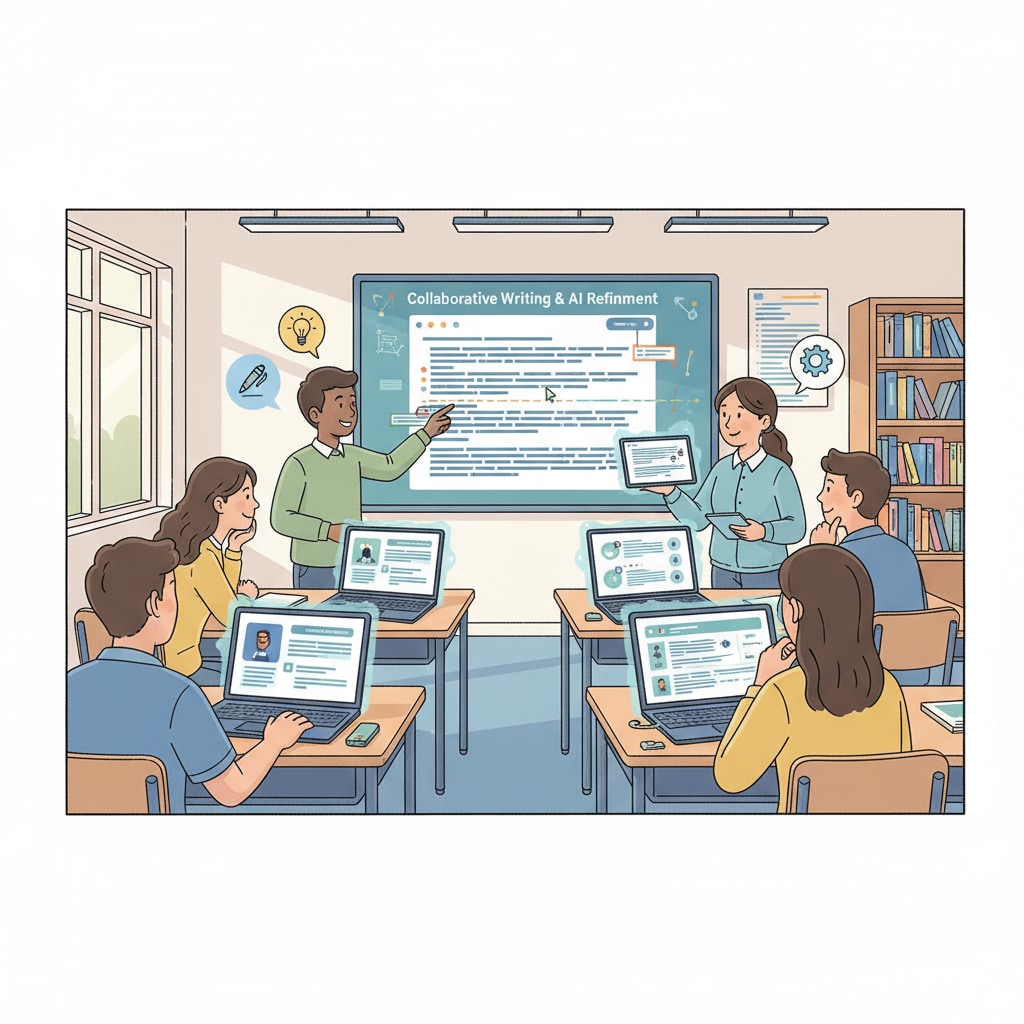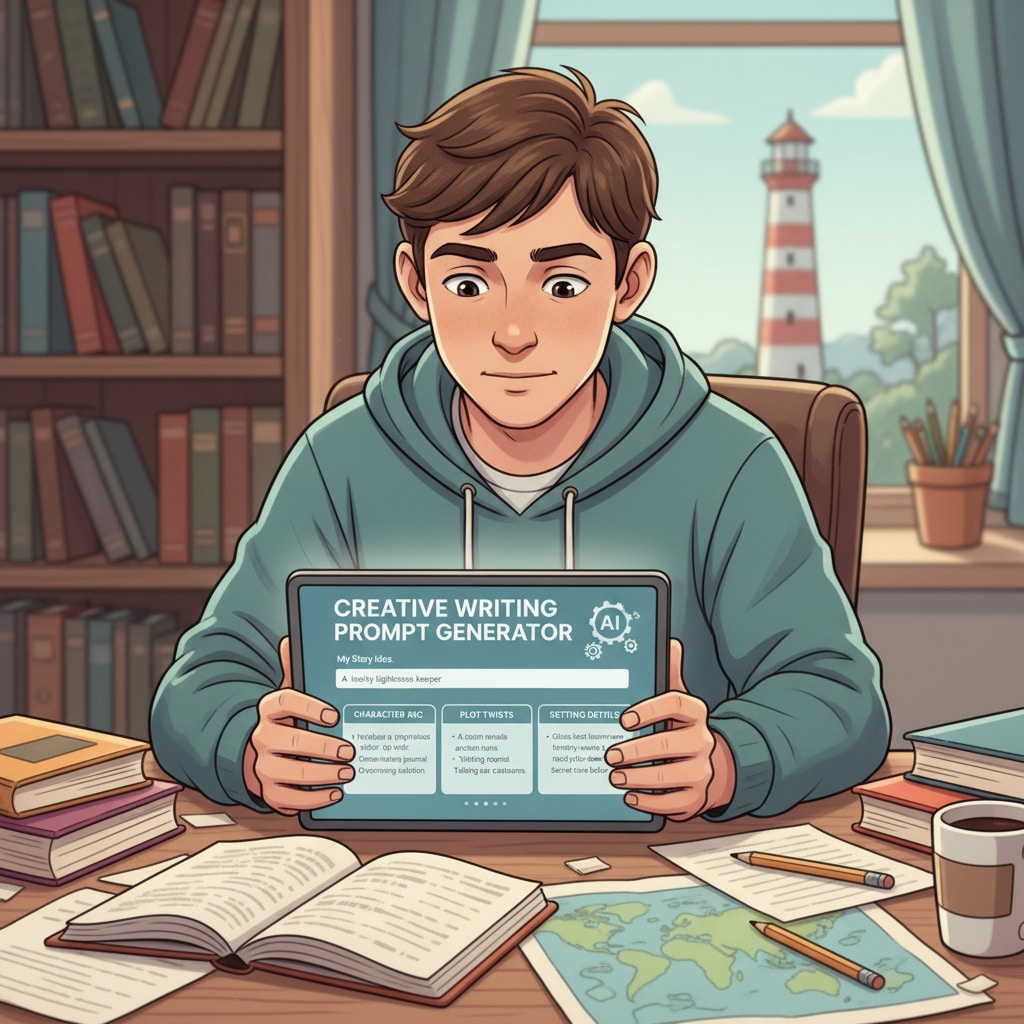In the era of rapid technological advancement, AI writing has brought about significant changes to writing teaching, compelling educators to consider teaching transformation and the development of students’ writing skills. As AI technology seeps into the education field, it presents both challenges and opportunities for traditional writing instruction.

The Limitations of Traditional Writing Teaching in the AI Age
Traditional writing teaching often follows a set pattern, focusing on grammar, vocabulary, and structured writing models. This approach, while fundamental, has its limitations in the face of AI. For example, students might rely too much on rote learning and formulaic writing, lacking the ability to think deeply and express unique ideas. According to Wikipedia’s Education page, traditional teaching methods may not adequately prepare students for the dynamic demands of writing in the digital age. With AI capable of generating grammatically correct texts, the emphasis on basic writing mechanics alone is no longer sufficient. Students need to develop higher-order thinking skills that AI cannot replicate.
Nurturing Creativity and Personal Expression
To adapt to the AI era, teaching transformation should focus on cultivating students’ creativity and personal expression. Teachers can design writing tasks that require students to draw on their own experiences, emotions, and perspectives. By encouraging students to share their unique stories and insights, educators can help them develop a distinct writing voice. For instance, Britannica’s Education section emphasizes the importance of fostering creativity in education. In writing classes, this could involve assignments such as writing a personal narrative about a life-changing event or presenting an original argument on a current issue. These types of tasks enable students to go beyond what AI can produce and showcase their individuality.

In addition, critical thinking skills are essential for students in the AI era. Teachers should guide students to analyze information, question assumptions, and form well-reasoned opinions. This can be achieved through activities like peer reviews, group discussions, and in-depth research projects. By teaching students to think critically, they will be better equipped to write with depth and substance, qualities that are highly valued in the digital age.
Readability guidance: As we can see, the key lies in a balanced approach. Short paragraphs and clear lists help summarize the main points. We’ve used external links to reliable sources like Wikipedia and Britannica to support our arguments. Transition words like “for example” and “in addition” are used to make the flow of the article smoother. Each H2 section has its own focus, and we aim to keep the passive语态 at a minimum and the sentence length within the appropriate range.


